A vital resource for numerous homes, firewood offers a foundation for warmth and comfort through the winter months. On the other hand, poor storage can result in rot, a frequent yet annoying problem.
Developing your stacking skills is crucial if you want to keep your firewood dry, seasoned, and ready to use. For this, emphasis on airflow, moisture management, and elevation is required. You may increase the longevity and efficiency of your woodpile by being aware of the subtleties of firewood management.
These procedures are essential for maintaining the quality of your firewood, from the choice of hardwoods to the thoughtful positioning of each log. If you are looking for ways to stack your firewood, with these steps, you will be prepared to store your firewood in a way that protects it from the weather and guarantees cozy flames all year long.
Preserve Your Firewood from Rot with The Best Stacking Techniques
Preventing rot, which might leave the wood useless and reduce its heating effectiveness, is one of the main issues in managing firewood. So, if you want to prevent the rot of your firewood, follow these effective modes to get usable firewood.
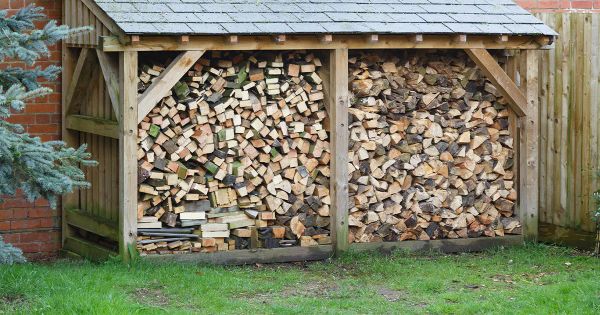
1. Choose the Right Wood
Choosing the proper kind of wood is the first step in building a reliable system for storing firewood. The best options for this are hardwoods since they are denser and contain less moisture. These can be oak, maple, and others. Wood with less moisture level will burn easily and more efficiently with less decay. Choosing the right amount of firewood is crucial. Learn more in our ‘Rick vs. Cord of Wood: A Complete Comparison
2. Where to Store the Wood
It’s important to choose the right spot to stack firewood. To encourage natural drying, it must be ventilated and get plenty of sunlight. As this may obstruct airflow and retain moisture, keep the stack away from structures and beneath trees.
3. Give a Lift to Your Firewood
It must be elevated off the ground to stop ground moisture from penetrating the firewood. Effective elevating platforms can be made from pallets, concrete blocks, or specially-made firewood racks. The quality and efficiency of your firewood may be enhanced using these methods.
4. Firewood Placement
Stacking firewood by paying attention to its shape, alignment, and related factors is wise. The split wood should be arranged with cut ends pointing outwards. This improves ventilation and makes the drying process easier.
Additionally, positioning your firewood perpendicular to the direction of the wind can aid in avoiding moisture accumulation. Also, ensure that the wood is tightly packed.
5. Provide a Shed
Use longer pieces of firewood to construct a sloped roof to protect the upper part of the wood stack from rain or snow. They should be angled upward and just slightly past the stack’s outer border. This rain cover helps to direct water away and keeps it from collecting on the surface of the wood.
6. Look for The Moisture Levels
To avoid decay, the moisture level of the firewood must be regularly checked. Accurate readings from the moisture meter can help you determine whether further drying is required for your wood. You can accordingly dry them further if moisture is still present or let it be if it is in fine condition.
How Do the Amish Stack Firewood?
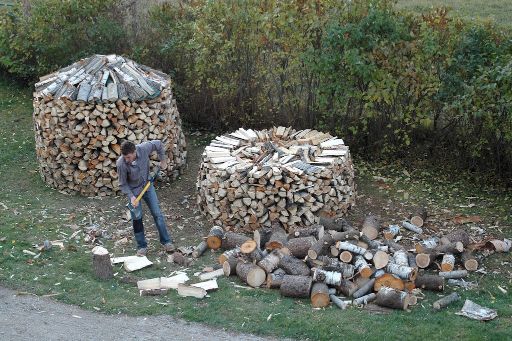
The Amish, who are renowned for their time-honored traditions and commitment to sustainable living, have mastered the craft of piling firewood. Their generations-old practices place a strong emphasis on usefulness, effectiveness, and sensitivity to the environment. Let’s learn about their perfect ways of stacking firewood.
1. The Wood Selection
Careful selection of wood sets the procedure in motion. Each log is hand-selected by the Amish, who make sure it is well-seasoned and protected from rot or pests. This diligent attention to detail lays the basis for a high-quality stack.
2. Tools Handling
Amish firewood stacking mostly relies on conventional hand tools. To split and form the wood into workable pieces, wedges, axes, saws, and similar hand tools are used. This manual method not only exemplifies the Amish devotion to workmanship but also permits accuracy in wood preparation.
3. Stacking Technique
A unique stacking method used by the Amish is called a three-point stack. With a third log perpendicular across the top, this technique entails laying two logs that would be parallel to one another on the ground. This establishes a solid foundation on which you may raise the stack. They turn the logs in a different direction as the stack rises higher. The cut ends of the logs are alternately placed facing out and facing in, creating an interlocking pattern.
4. Alterations According to Season
The Amish alter their stacking methods by the seasons since they are aware of them. They prioritize drying and storing firewood throughout the summer to have a ready supply of seasoned wood available when the cold weather arrives to get ready for winter.
They preserve a tradition of minimum waste and use the entire tree. They demonstrate their dedication to sustainable practices by using all the parts of the tree for useful items. Learning their firewood stacking method can be beneficial.
Wrapping Up!
You may build a woodpile that is resistant to the elements by following the concepts of stability, ventilation, and moisture management.
Foundational actions include elevating the wood, providing sufficient airflow, and shielding it from damp conditions. A sloping ceiling and alternating log orientations both increase stability and protect against rot.
Your firewood will stay in top shape if moisture levels are regularly checked. Keep in mind that a well-built woodpile not only guarantees effective, clean-burning flames but also respects the resource itself.
By using these methods, you will be able to keep warm throughout the winter months while also extending the life and usefulness of your firewood for further usage.
Be sure to check out these other posts for more fascinating insights:

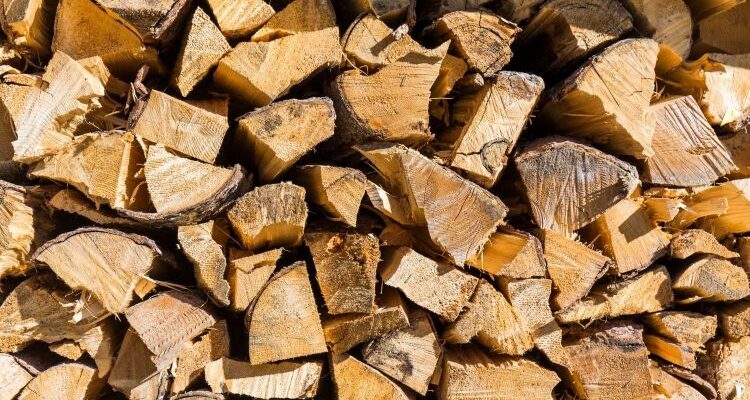
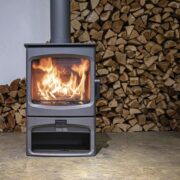



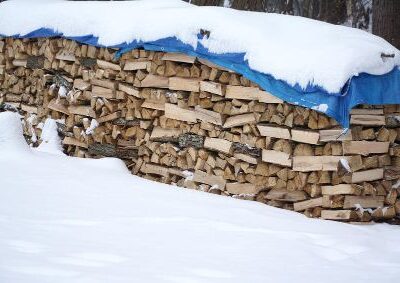


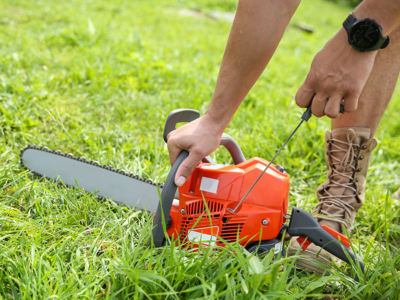
Comments